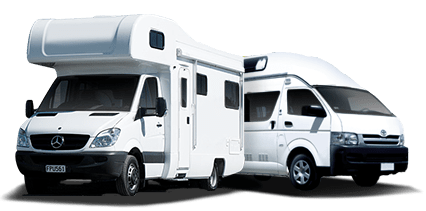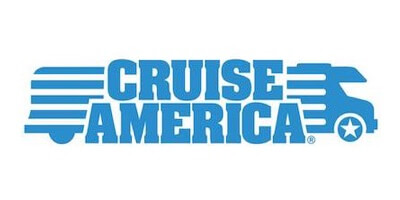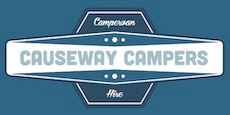1. On what side of the road do you drive in British Columbia?
In British Columbia, you drive on the right-hand side of the road, in alignment with the rest of Canada. You must always ensure to stick to the right side unless overtaking another vehicle, pedestrian or bicyclist.
2. What is the general speed limit in British Columbia?
The standard speed limit on highways in British Columbia is 80 to 100 kilometers per hour, unless otherwise posted. In school zones, the limit is generally 30 kilometers per hour.
3. Do I need a special driver´s license to operate an RV in British Columbia?
As long as your RV falls under 11,000 kilograms, you are allowed to drive with a standard licence in British Columbia. If your vehicle is heavier, a special licence is required.
4. Are radar detectors legal in British Columbia?
Usage of radar detectors is illegal in British Columbia. They are considered obstruction of police work and hefty fines are in place for those who breach this rule.
5. Where is it allowed to park an RV in British Columbia?
RV parking is generally permitted in campgrounds and RV parks. Some towns may also have designated street parking for RVs. However, it varies from city to city and hence it is essential to check local parking regulations.
6. Is there a toll system in British Columbia?
There are currently no toll roads in British Columbia. However, some ferry services may strictly enforce fares.
7. Are there plenty of service stations in British Columbia?
Yes, service stations are widespread in British Columbia, particularly on main highways and within cities. However, if you plan to travel in remote areas, it's advisable to plan your fuel stops in advance and carry extra fuel as a precaution.
8. What are the driving rules I should be aware of in British Columbia?
Like all provinces in Canada, British Columbia has its own driving regulations. A few key points include right-hand driving, the necessity of wearing seat belts, adherence to posted speed limits and no use of mobile devices while driving.
9. Are there safety measures for RV drivers in British Columbia?
Like other vehicles, RVs are expected to follow the same safety measures which include ensuring all vehicle lights are functional, the use of safety belts, appropriate weight distribution within the RV and more.
10. Are there RV-specific traffic rules in British Columbia?
RV drivers must comply with the same traffic rules as other motor vehicle drivers. However, there might be additional restrictions or permissions for RVs in terms of parking, use of campgrounds and more, which are dependent on the locality.
11. How is the condition of roads in British Columbia for RVs?
Most roads in British Columbia are well-maintained and suitable for RVs. However, as routes may include backroads or mountainous terrains, it's important to keep up-to-date with local conditions and weather forecasts, especially during winter months.
12. Is night driving safe in British Columbia?
Night driving in British Columbia is generally safe, though it is recommended to be extra cautious due to reduced visibility, especially in mountainous or rural areas.
13. What are the parking rules for RVs in British Columbia national parks?
Each national park has its own set of rules regarding RV parking. Some parks allow overnight parking while others do not. It is recommended to check with the individual park before planning your trip.
14. Are there restrictions on the length of an RV in British Columbia?
There are no set restrictions on the length of an RV in British Columbia. However, individual campgrounds or parks may set their own limits.
15. Is wild camping allowed with an RV in British Columbia?
Wild or free camping with an RV is typically not allowed in most places in British Columbia, except in certain designated areas. Check local regulations for more information.













